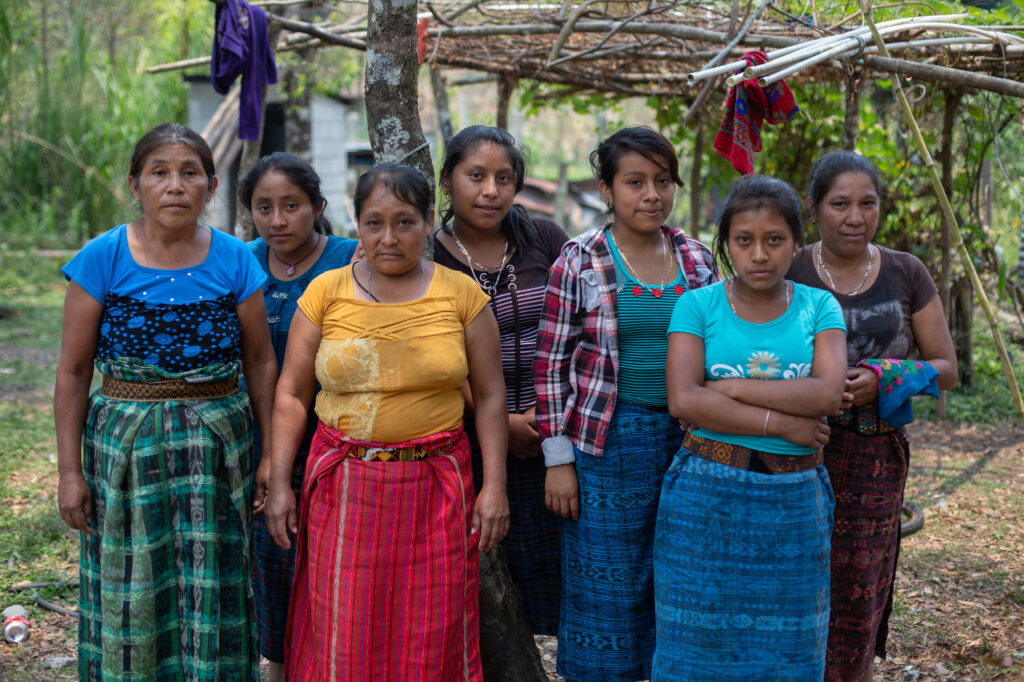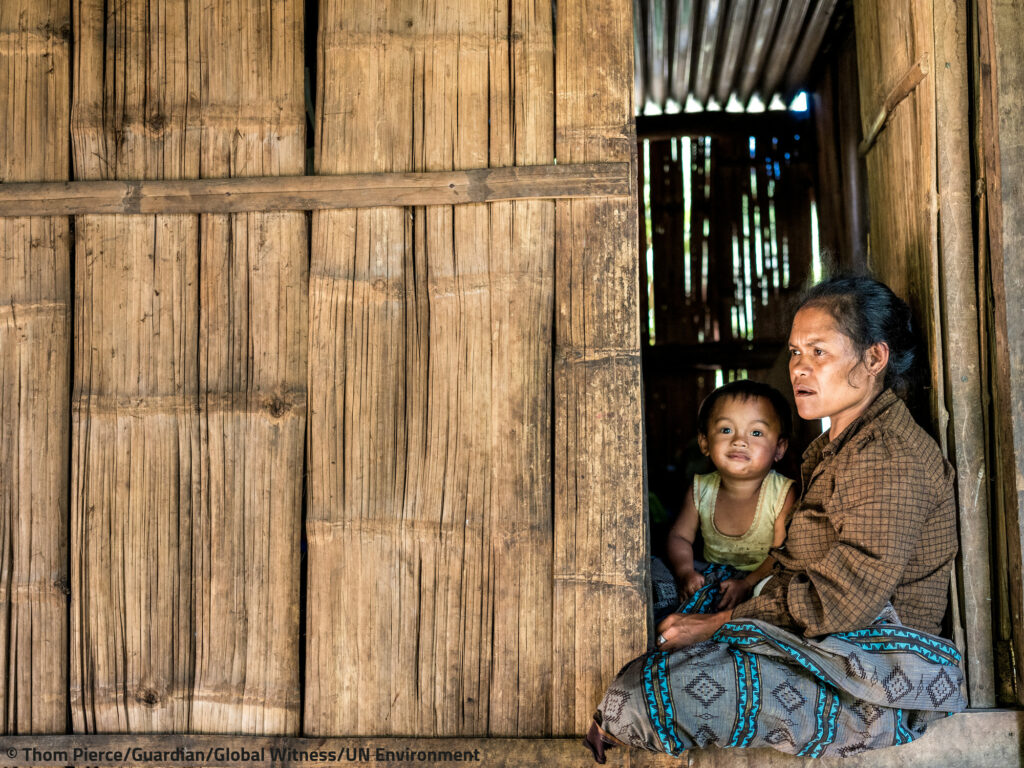At least 212 people were killed last year for peacefully defending their homes and standing up to the destruction of nature. It’s the highest number on record, according to a new report by the watchdog group Global Witness.

More than half of the killings last year took place in two countries, the report showed. Colombia reported 64 deaths and the Philippines reported 43, up from 30 in 2018.
However, the actual number of murders is almost certainly higher as cases are often not documented by governments.
“Agribusiness and oil, gas and mining have been consistently the biggest drivers of attacks against land and environmental defenders – and they are also the industries pushing us further into runaway climate change,” said Global Witness campaigner Rachel Cox in a press release.
Up to 50 environmental defenders were killed due to mining activities, which was the deadliest sector last year. Agribusiness also represented a big threat, especially in Asia, where 80% of the agribusiness-related attacks happened.
Other deadly sectors were logging and criminal gangs, according to the report.
The killings last year included the murder of Datu Kaylo Bontolan in the Philippines, a leader of the Manobo community that rejected illegal mining in the area. There were other well-known cases in Romania. Liviu Pop, a ranger working to protect forests, was killed by illegal loggers.
Other activists still campaigning and under threat include Angelica Ortiz, a member of the Wayuu community in Colombia that has opposed for years the largest coal mine in Latin America. She seeks to protect water rights for the communities that are living in the poorest regions in the country.
“Many of the world’s worst environmental and human rights abuses are driven by the exploitation of natural resources and corruption in the global political and economic system. Land and environmental defenders are the people who take a stand against this,” said Cox.
The report also showed that indigenous communities remain one of the main targets of violence when standing up for their rights and territories, accounting for 40% for the murdered defenders last year. The Amazon region alone saw 33 deaths, with 90% of the killings in Brazil happening in the Amazon.

The figures from last year also showed that one in ten defenders murdered were women. Women defenders are also threatened by sexual violence as a tactic to silence them, much of which is underreported.
“If we really want to make plans for a green recovery that puts the safety, health and well-being of people at its heart, we must tackle the root causes of attacks on defenders, and follow their lead in protecting the environment and halting climate breakdown,” said Cox.
Despite the threats and criminalization, environmental defenders registered many success stories last year. In Ecuador, the Waorani indigenous tribe won a landmark ruling to prevent the government auctioning their territory for oil and gas exploration. In Indonesia, the Dayak Iban indigenous community secured legal ownership of 10,000 hectares of land.
According to Global Witness, 2020 might be even worse: the pandemic might provide an opportunity for malevolent actors to assault and murder environmental activists, as the lockdown is leaving them vulnerable in their homes.


